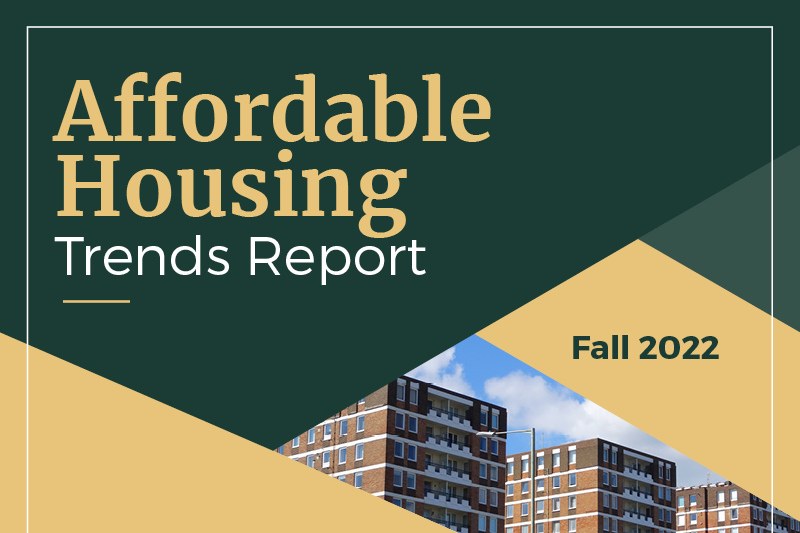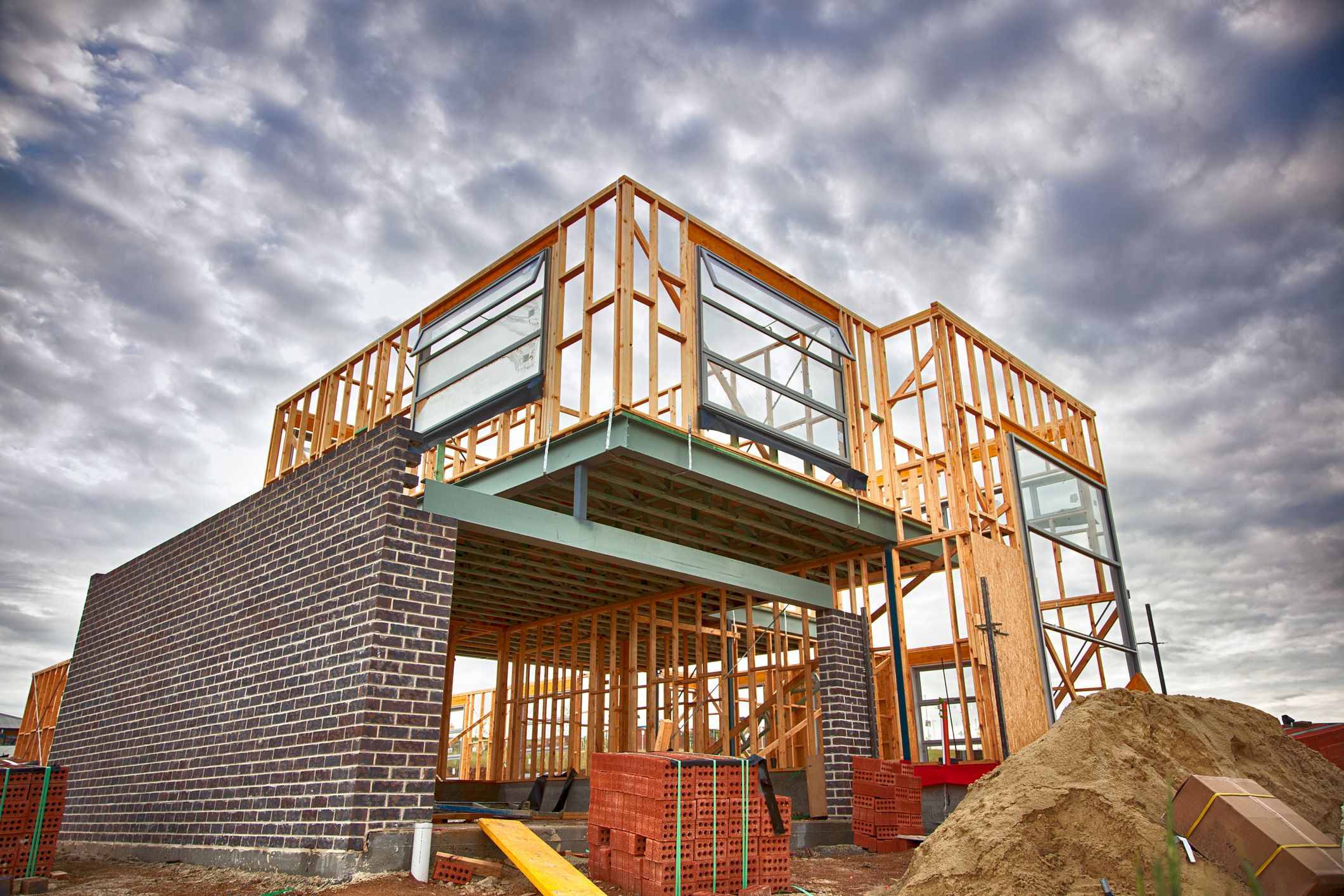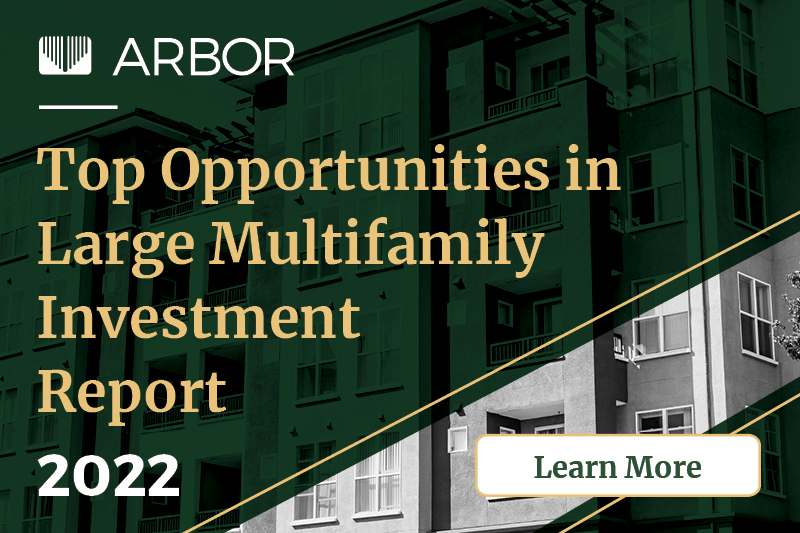Articles
While the single-family rental (SFR) sector’s rent growth averages have retreated from record highs, structural tailwinds are keeping price growth positive — both nationally and in major SFR markets. In this research brief, Chandan Economics and Arbor Realty Trust analyze DBRS Morningstar data, which covers the top 20 MSAs by SFR activity, to discover the metropolitan areas where SFR rent growth is the hottest right now.
Articles
Fannie Mae recently announced that its Small Loan cap has increased from $6 million to $9 million for all loans committed as of August 22, 2023. Multifamily borrowers and lenders have praised the change to the Fannie Mae Small Loans program, which will encourage greater investment in a rapidly growing sector where demand remains high despite market volatility.
Analysis
While macroeconomic headwinds may not recede soon, tenant dependability, the core strength of small multifamily, has proven to be a powerful antidote to financial market storms.
Articles
As Baby Boomers reach retirement age, their evolving geographic preferences are strengthening housing markets and local economies in new locations, which feature attractive climates, relative affordability, and ample outdoor activities. With swelling populations of senior citizens, our top five emerging metropolitan areas for retiree relocation are fertile ground for multifamily real estate investment.
Current Reports
More than halfway through 2023, the single-family rental (SFR) sector continues to demonstrate why it deserves the attention of multifamily investors. Arbor’s Single-Family Rental Investment Trends Report, developed in partnership with Chandan Economics, provides an inside look at this high-performing sector where SFR/build-to-rent (BTR) construction starts are breaking records amidst the ongoing challenges of elevated interest rates, tighter underwriting standards, and historically high cap rates.
Analysis
Multifamily rent growth in the U.S. was spread throughout a diverse selection of markets during the second quarter of 2023, a change from the last several quarters when Sun Belt markets dominated the list.
Analysis
The U.S. multifamily market continued to slow during the second quarter of 2023. Rent growth retreated from the skyrocketing pace of the last two years, although still remained positive alongside continued high rental demand.
Articles
Arbor has originated billions of dollars in multifamily loans over the last three decades through our long-term partnerships with Fannie Mae, Freddie Mac, and the U.S. Department of Housing and Urban Development (HUD), consistently outperforming quarterly projections. Known industrywide as a top multifamily lender, Arbor has the unique ability to maximize investment portfolios with the type of personal touch not seen anywhere else.







